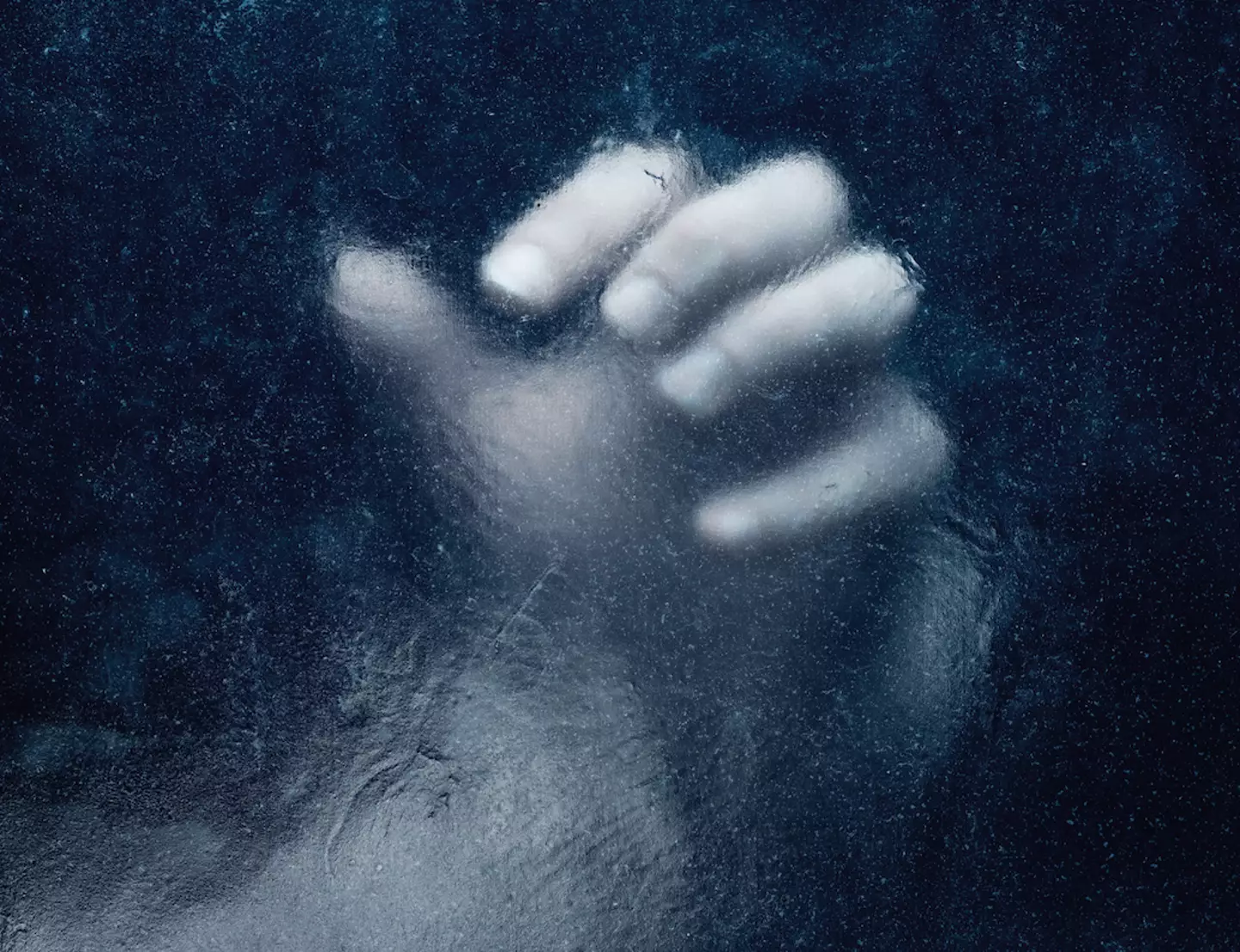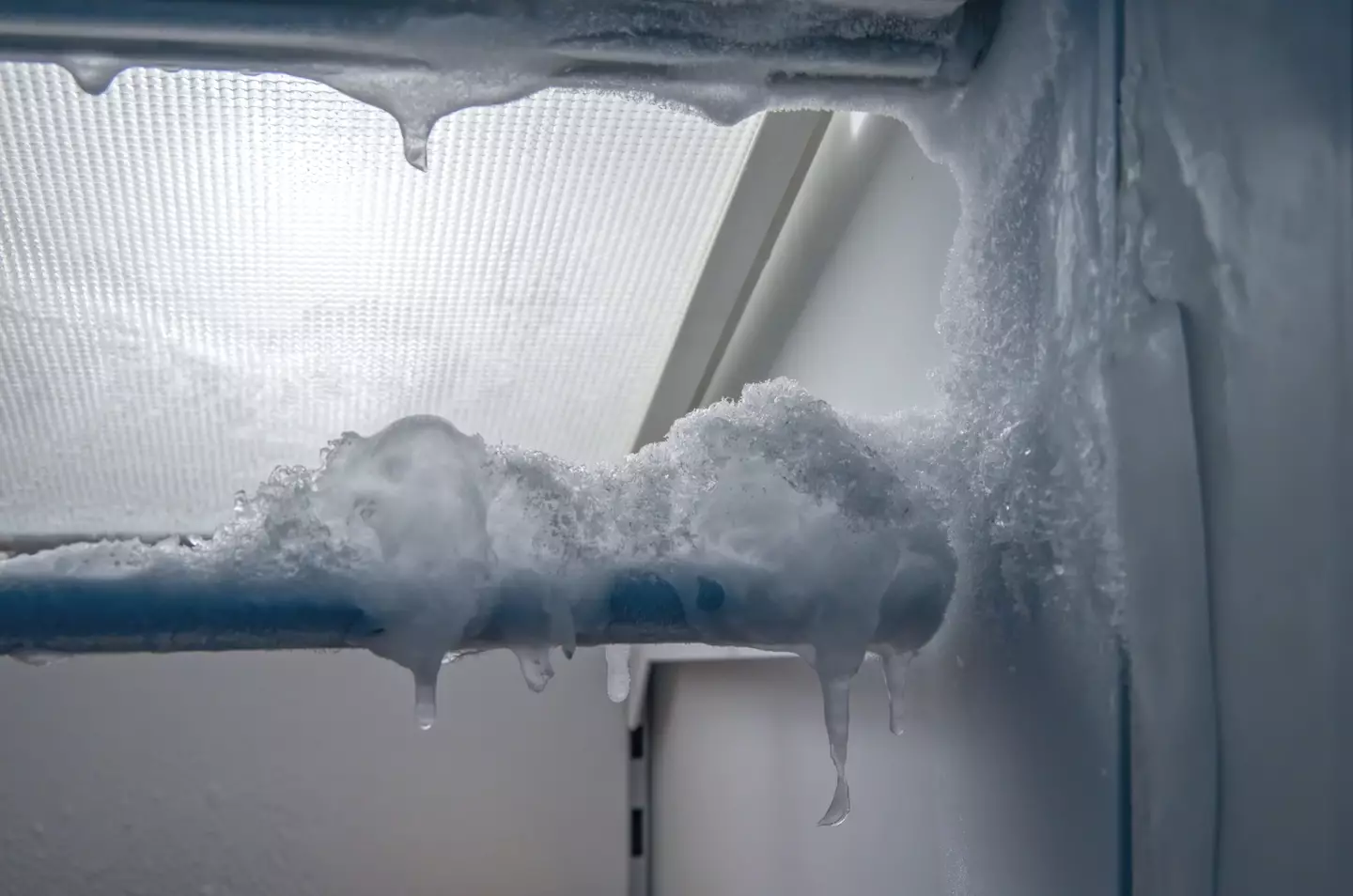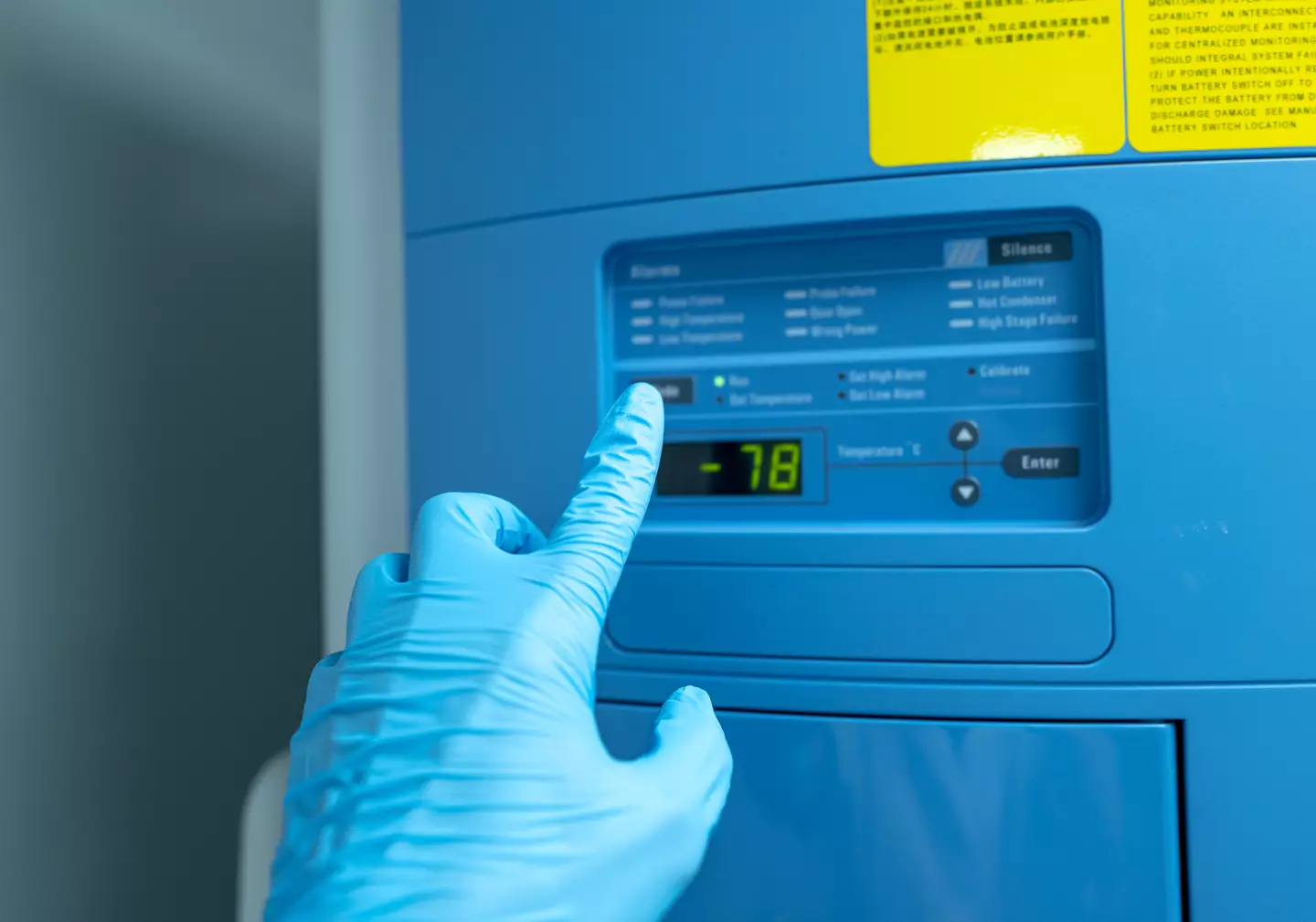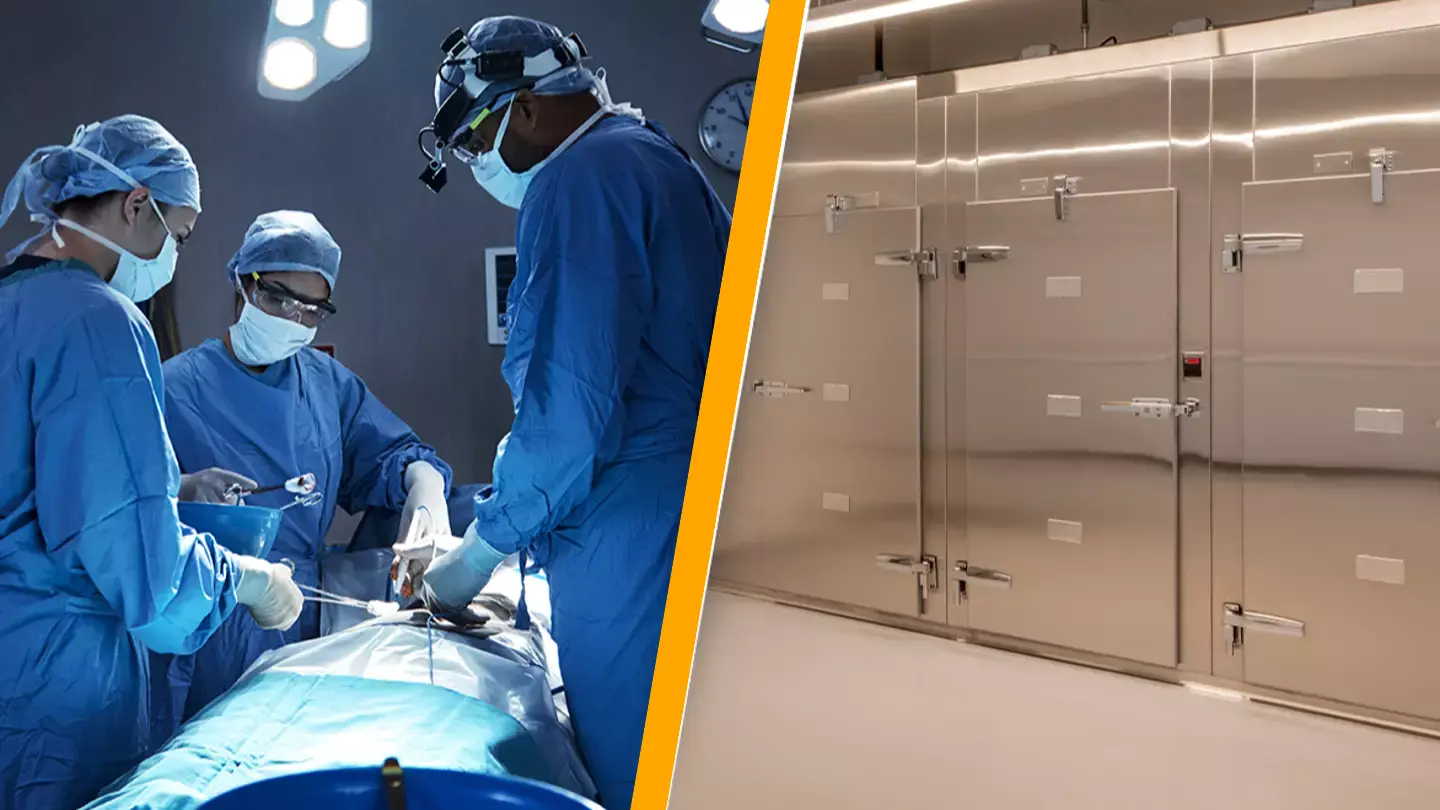Freezing the human body with the hope of future revival sounds like a plot from a science fiction film, yet it exists beyond the realms of fiction.
While the notion may be unsettling to some, the concept of preserving one’s body after death is not a mere act of placing it in a freezer.
Unlike cryopreservation, which involves cooling and potentially reviving cells, organs, or entire organisms from extremely low temperatures, cryonics focuses on the preservation of the human body.
Although cryopreservation happens naturally, a successful human revival demands extensive scientific intervention.
The process involves cooling the body and submerging it in liquid nitrogen, stored in a Dewar container.
According to Big Think, the head is positioned downward in the Dewar to ensure the brain remains at the coldest and most stable area.

Human experimentation often requires trailblazers, and for cryonics, these pioneers emerged in the late 1960s.
Researchers conducted trials by preparing and cooling deceased bodies on dry ice before transferring them to Dewar vessels. The largest such endeavor was orchestrated by Robert Nelson in a Chatsworth, California cemetery.
Initially, Nelson froze individuals on dry ice. When this proved ineffective, he transitioned to using liquid nitrogen.
He placed four bodies into a single Dewar capsule and lowered it into an underground chamber, maintaining the practice until financial support from the patients’ families ceased.
Following this, Nelson allowed the bodies to thaw.

The story of these bodies thawing is not an isolated incident.
Big Think reports that three additional patients thawed when a Dewar’s liquid nitrogen system failed. A six-year-old boy frozen in 1974 was found cracked and subsequently buried when thawed.
In New Jersey, another cryonics project faced issues as the Dewar container’s faulty insulation caused multiple partial or complete thaws before re-freezing attempts.
A year after the initial problems in New Jersey, another Dewar failure resulted in decomposition, necessitating the removal of bodily fluids from the capsule.
Today, only Dr. James Bedford, who was frozen in 1967 at age 73, remains preserved from the pre-1973 bodies.

Reddit users expressed shock upon learning about the conditions faced by early cryonics patients.
One user noted: “I didn’t notice my freezer had gone out until it started to get really smelly. I had to refreeze everything so I could get it into trash bags without throwing up. It had to have been multitudes worse when it was heads and bodies.”
Another commented: “Imagine blowing all your savings on this, just to be treated like chicken breast with freezer burn…”
Despite cryonics often being labeled as pseudoscience, there are contemporary cases of individuals being frozen, such as an instance in May 2024.
A Sydney man became the first Australian to undergo cryogenic preservation, investing $170,000 AUD ($112,285 USD) with the aspiration of future resurrection.

